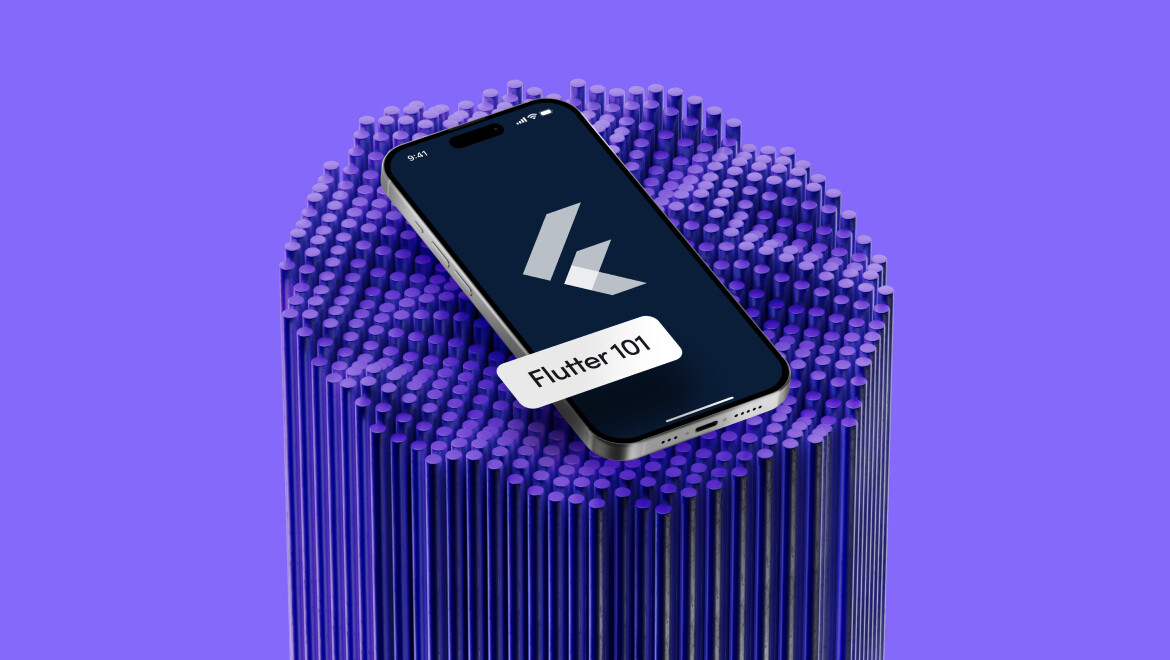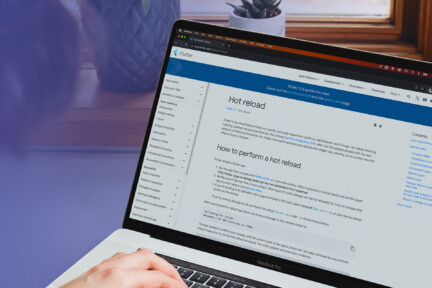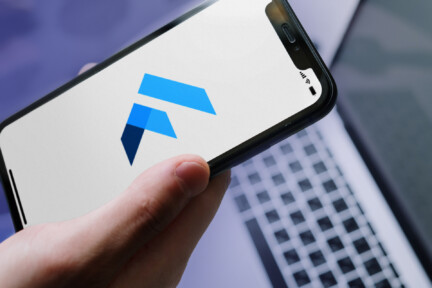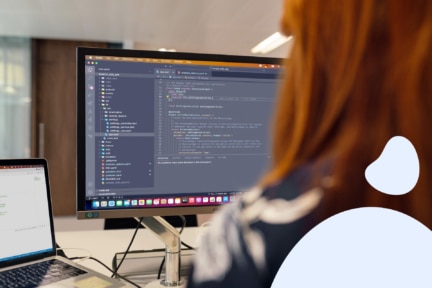- Home
- Flutter 101
- Platform Channels in Flutter


Platform Channels in Flutter
Platform Channels in Flutter
Platform Channels in Flutter
Platform channels in Flutter are a crucial feature that allows Flutter apps to communicate with native code on both Android and iOS platforms. This is essential for accessing platform-specific services or hardware that might not have a direct equivalent in Flutter’s framework. Through platform channels, developers can seamlessly integrate native functionalities, such as GPS, camera, or third-party APIs, without compromising the cross-platform development capabilities.
How Does It Work?
Platform channels in Flutter use a simple messaging system to pass data between the Flutter framework and native code. Flutter sends messages from the Dart code through the channel, which is then processed by the native code on the respective platform (Android or iOS). Once the native code executes the required task it sends a response back to Flutter through the same channel.
This system operates via three main components:
- MethodChannel: A class in Flutter that handles sending and receiving method calls across the platform.
- Platform-specific code: Native code written in Java/Kotlin for Android or Swift/Objective-C for iOS.
- Result handling: Once the native task is completed, results are sent back to Flutter and handled by the Dart code.
Use Cases for Platform Channels in Flutter
Integration with Native SDKs:
When Flutter doesn’t natively support an SDK (such as a custom analytics SDK or third-party payment gateway), platform channels enable smooth integration.
Accessing Device Hardware:
Apps that require access to hardware-specific functionalities, such as biometric authentication (fingerprint or face recognition), can use platform channels to connect Flutter with these features.
Real-time Communications:
Apps that rely on real-time updates, such as messaging apps or live tracking, can use platform channels to improve performance and leverage platform-specific optimizations.
Enterprise Applications:
Businesses can integrate platform-specific solutions, such as custom security protocols or performance monitoring tools, ensuring they meet industry-specific requirements without limiting themselves to Flutter’s inherent capabilities.
In conclusion, platform channels in Flutter development provide a powerful bridge between the cross-platform versatility of Flutter and the specialized needs of native development. They offer businesses the best of both worlds: the ability to deploy across multiple platforms without losing access to device-specific features, ensuring a scalable, cost-effective, and high-performance application.
Ready to discover more terms?







